Solana has become one of the most trending and one of the fastest-growing blockchains in the cryptocurrency market. Being one of the fastest and cheap networks with incredibly high transaction throughput, Solana is actively striving to become a worthy rival to the likes of Ethereum.
SOL, the native cryptocurrency of the project, has also grown significantly in its value and usage, which can be attributed to the growing interest of investors and users in Solana’s product and network. The basic idea that lies at the foundation of Solana is the issue of blockchain scalability. The network employs the PoS alongside the PoH consensus algorithms which enable the network to handle thousands of transactions in a second while maintaining decentralization.
This high throughput makes Solana especially useful for decentralized applications (dApps) that need fast and recurrent transactions such as decentralized exchanges and gaming applications. The decentralised nature of the Solana network along with its speed and efficiency have seen more developers and projects adopt the Solana ecosystem.
From decentralized finance (DeFi) to non-fungible token (NFT) market, Solana is gradually turning into a hub for various applications. This has led to the creation of a virtuous circle; each new project attracts new users and more liquidity to the network making it more attractive.
Another reason that has been seen to contribute to the current Solana price hike is the growing use of the cryptocurrency in DeFi. While Ethereum gas fees have continued to rise, users and developers have shifted to Solana as a cheaper way to trade, lend, and yield farm.
Many DeFi projects have been deployed on Solana or built bridges to Solana, meaning that users can access almost all financial services with almost no cost and with transactions finality within a few seconds. Another important factor that has contributed to Solana’s growth is the NFT craze. Due to the high volume and low cost of transactions, it is convenient to use the network for minting and trading NFTs.
Many large-scale NFT projects have decided to go to Solana, which only adds creators and collectors to the platform. Such a surge of activity in the NFT sector has also contributed to the growth of SOL demand and the promotion of the network. Several large investment firms and crypto funds have recently included SOL into their investment portfolios as the institutional demand for Solana increases.
The network’s technical expertise and a continuously growing ecosystem have made it an interesting prospect for investors seeking to invest in cryptocurrencies other than Bitcoin or Ethereum. This institutional support has given more security and credibility to the project, which has been the key driver for its growth in the long run.
However, what has been swift with Solana is that it has faced some hurdles here and there. The network has had several downtimes and instability issues, which make users question the scalability of the network. The problems mentioned above have not gone unnoticed by the Solana team, which has been focusing on optimizing and enhancing the network.
These are technical barriers that make it very clear that it is not a simple task to erect and sustain a high-performance blockchain system. In the future, Solana has both opportunities and threats in the context of the development of the blockchain industry. Since Ethereum is transitioning to the 2. For this reason, it remains crucial for Solana to sustain its innovation as no upgrade and other other scalable Layer 1 solutions are yet to appear in the market.
Pursuing performance and user experience, the project is set to take a large share of the constantly developing blockchain market; however, the issue of scaling must be addressed without compromising on security and decentralization. This has also created debates on the future token price and balances of Solana and the SOL tokens in the longer run.
Like most early-generation digital assets, issues such as token distribution, inflation, and decision-making framework are still ambiguous. Some of these are legal issues that the Solana Foundation and the community will need to solve in a way that will not compromise the health and decentralization of the network. However, Solana can still be said to have an overall favorable trend of its price.
These aspects of technical advancement, a rapidly expanding environment, and robust communities have placed it in the ranks of the leading blockchain technology of the next generation. With the increasing need for a more efficient and scalable blockchain solution, Solana seems to be well placed to be an integral part of the future of decentralized systems and applications.



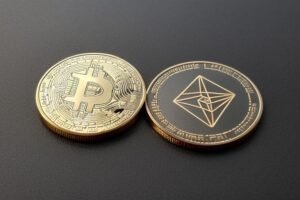
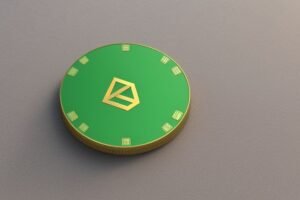

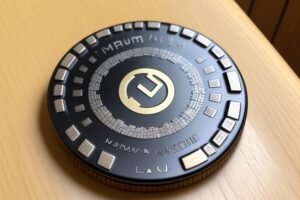


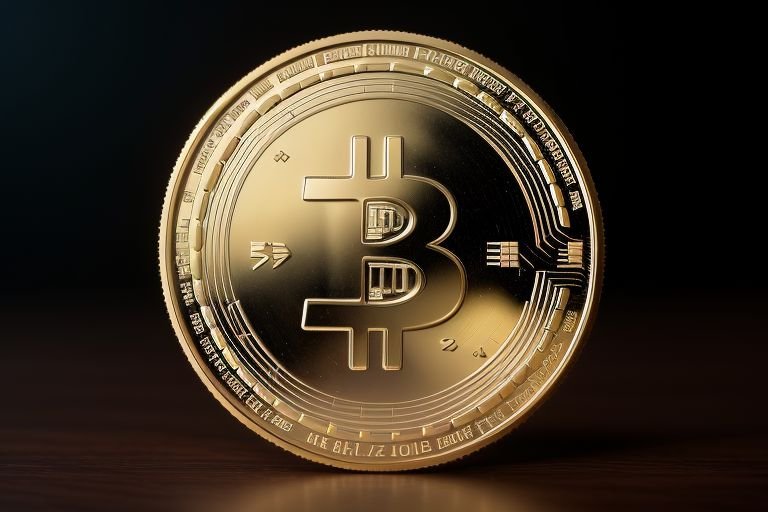
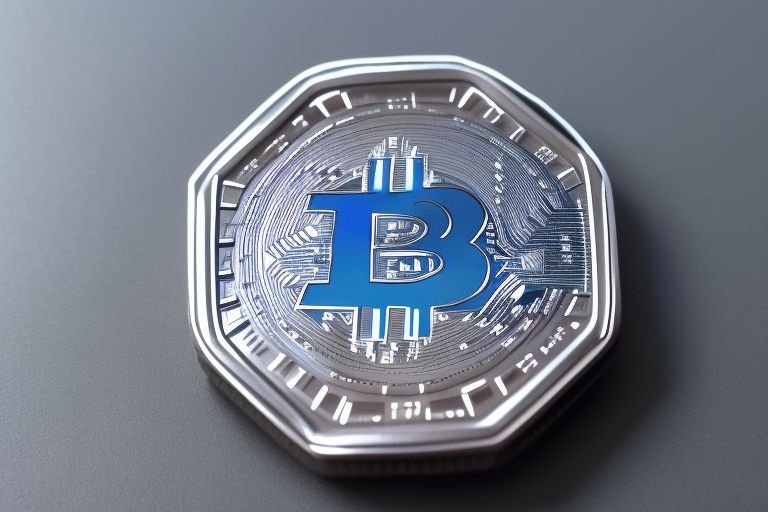

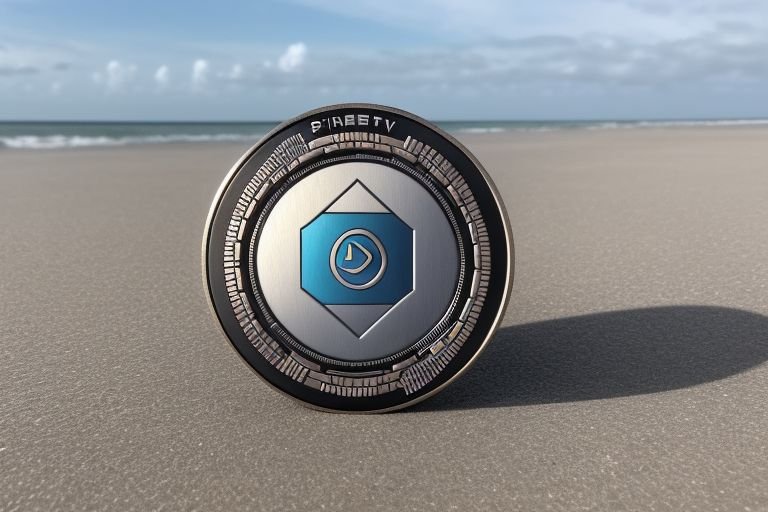


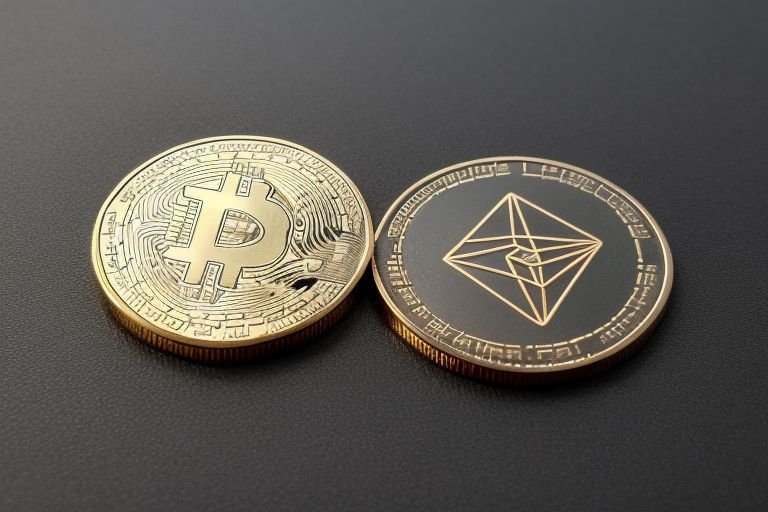
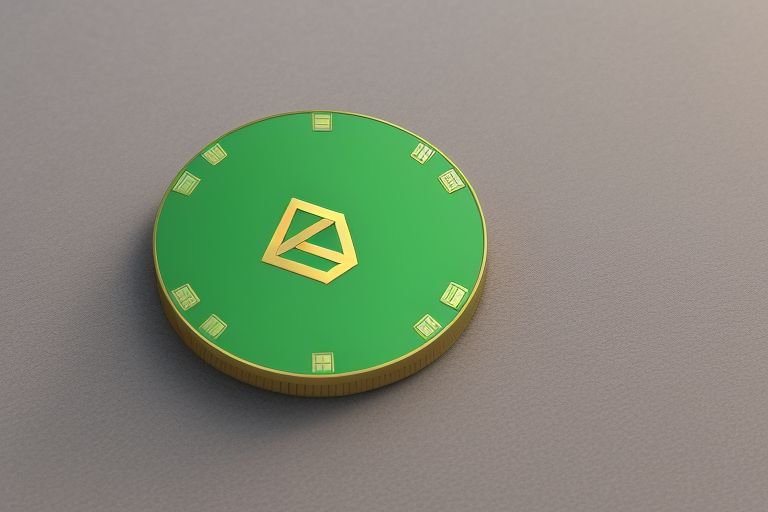

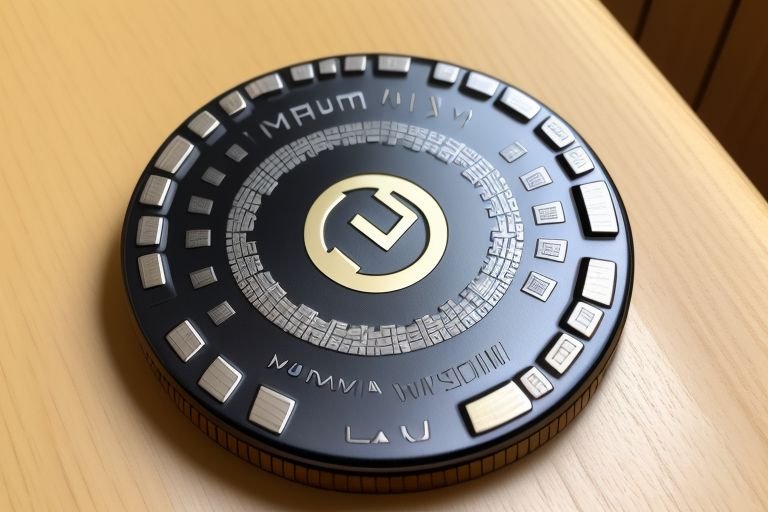
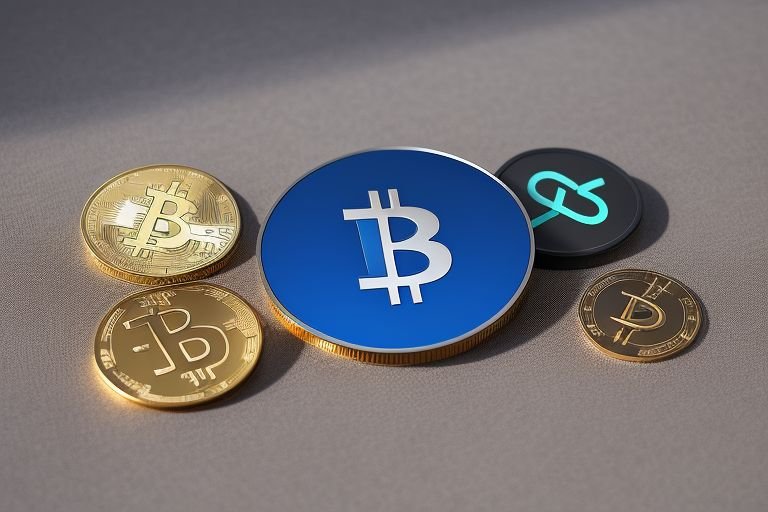
+ There are no comments
Add yours